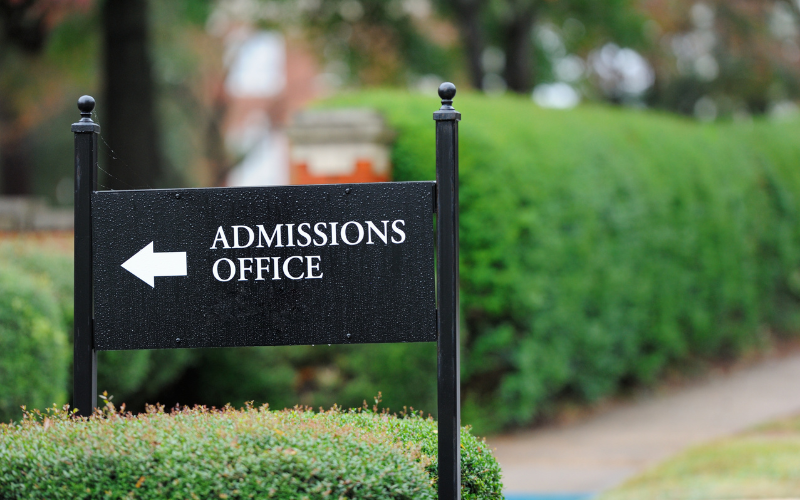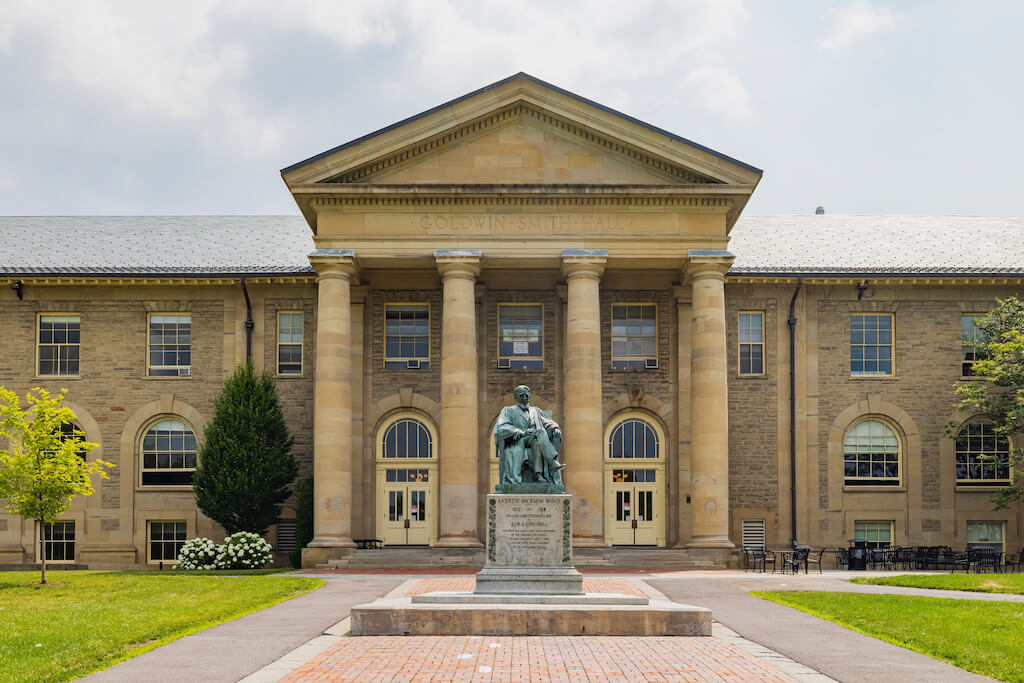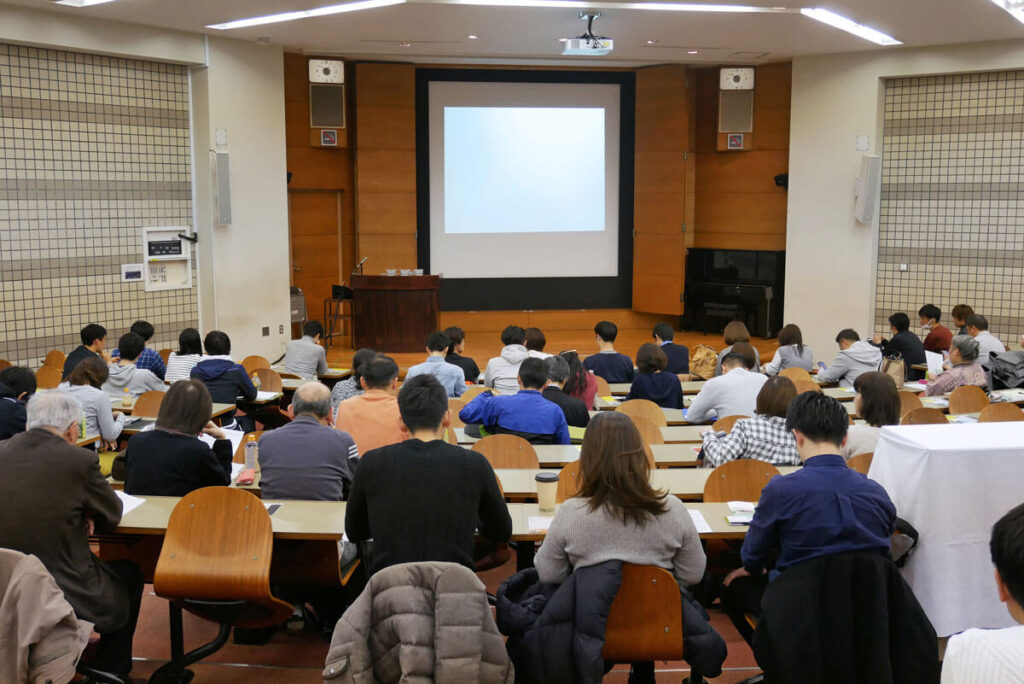Recently, I wrote several articles about admissions, financial aid awards, and net price for higher education institutions. The purpose for the first article in the sequence was to point out the financial aid funding practices of the 12 Ivy Plus colleges and universities as well as the fact that their business model relied on a high percentage of full-pay students compared to other institutions of higher education.
At the suggestion of a colleague, I expanded the first analysis to include other elite private colleges and universities totaling 66 institutions. With the expanded group, I noticed an interesting pattern in net price per income quintile with approximately half of the colleges.
I continued to expand the analysis and reviewed the data from 97 Historically Black Colleges and Universities (HBCUs). With this group’s positive reputation for serving a greater percentage of lower income students, I wanted to see if there were similar or different patterns for net price per income quintiles. Nearly half of the colleges demonstrated a similar pattern to the larger private college group.
I connected with a friend who consults with colleges and universities regarding enrollment management and financial aid practices. While reviewing the data from the first three studies, she commented that the colleges with high net prices for the lower income quintiles may have high prices because they cannot afford or choose not to fund the difference between their tuition and the calculated student financial need. Some of those students attending institutions where the net price exceeds the annual loan caps may borrow money from family members or their parents or grandparents may take out a Parent PLUS loan. If the first-year experience (academic or otherwise) is not good, they will drop out or transfer.
After my discussion, I decided that I would expand my analysis and look at large state universities attempting to include as many states as possible. I selected 61 although some states have more than one institution and some small states are not included.
Profiles of state universities selected
In Table 1 below, I list the institutions, their total and undergraduate enrollments, in-state and out-of-state tuition and fees, estimated textbook costs, room and board, and other costs, in-state and out-of-state costs of attendance and the percentage of students admitted.
The mean undergraduate enrollment for the group is 26,568 and the median is 25,379. The highest undergraduate enrollment of 65,492 belongs to Arizona State University. The lowest undergraduate enrollment belongs to William & Mary with 6,797. The mean in-state tuition is $12,161 and the mean out-of-state tuition is $35,214. In-state tuition ranges from a low of $5,656 at Florida State University to a high of $23,970 at William & Mary. Out-of-state tuition ranges from a low of $18,786 at Florida State to a high of $55,914 at the University of Virginia.
The mean cost of attendance (COA) is $31,225 for in-state students and is $53,589 for out-of-state students. The COA for in-state students ranges from a low of $23,811 at the University of Florida to a high of $43,043 at the University of California at Berkeley. The COA for out-of-state students ranges from a low of $36,910 at Florida State University to a high of $73,704 at the University of Virginia.
Funding composition of undergraduate students
Table 2 provides an overview of the relative funding composition of the universities in addition to the schools’ admissions selectivity. The University of California at Los Angeles is the most selective school with a 9% acceptance rate. The universities of New Mexico and Wyoming tie for the least selective with an acceptance rate of 96%. There are several others in the 90+%. The mean acceptance rate is 59% and the median acceptance rate is 64%.
The percentage of first-time, full-time freshmen students who do not receive aid ranges from a high of 46% at the University of Virginia to a low of 0% at the universities of Montana and Idaho. The mean for no-aid freshmen is 18% and the median is 13%.
It’s important to note that the no-aid percentage only applies to first-time, full-time freshmen while the other percentages used (grants, Pell, loans) apply to all undergraduates. It’s possible to infer that nearly all of no-aid for tuition is used during freshmen year since the median for grants and loans combined for all undergraduates is 98% and the mean is 100%.
Grants awarded
College Navigator’s definition of grants “includes aid awarded from the federal government, state or local government, the institution, and other sources known by the institution.” Even though Pell grants are separately listed by College Navigator, their amounts are included in the grant amount. For example, 64% of Auburn University undergraduates receive grant aid (Table 3). Only 12% of Auburn undergraduates receive Pell grants (see Table 4).
Table 3 lists the number of undergraduates, the number of undergraduates receiving grant aid, the percentage of undergrads with grant aid, the total amount of grant aid awarded, and the average grant aid per student.
The mean and median percentage of undergraduates receiving grant aid is 70%. The highest percentage of students receiving grant aid is 100% at the University of Montana. The lowest percentage of students receiving grant aid is 42% at the University of Washington. Notably, the University of Washington also has one of the highest percentages of first-time, full-time freshmen students who receive no-aid.
The highest average grant of $23,994 is received by undergraduates at the University of Virginia which also has one of the highest costs of attendance. The lowest average grant of $4,879 is received by students at the University of Montana. The average Pell grant for University of Montana students is $4,551 (Table 4) but only 32% (Table 4) of students receive Pell grants so its weight is slightly different when 100% of all students receive grants.
Pell Grants
Pell grants are tracked by policymakers among others. The numbers and percentages of students receiving Pell grants as well as the average Pell grant are listed in Table 4. With a mean of 22% and a median of 21% of undergraduate students receiving Pell grants, the gap varies from a high of 42% at SUNY-Albany and a low of 12% at William & Mary.
The non-Ivy Plus private colleges had a mean Pell percentage of 16%, so the major state universities serve more Pell students on average. Neither of these compare to the mean Pell percentage of 59% for the HBCUs I selected.
The mean and median grants are $4,927 and $4,876 which is not surprising given the income ranges for eligibility.
Loans
We read so much in the press about student loans and the student loan crisis. It’s important to note that in Table 5 below, the average loan amount is calculated from the federal loans funded to all undergraduate students at each institution for the most recent year. It might be reasonable to multiply the average amount times four to determine what the average loan balance could be (stretching out the time to graduate makes this more difficult to assume).
At the same time, the federal loans listed are to the student only. Any loans disbursed to parents through the Parent PLUS program are not included. No state or private loans are included either.
The mean percentage of students who borrow federal loans is 30%. The median is 28%. This varies from a high of 60% at the University of New Hampshire to a low of 12% at the University of Florida. Notably, the University of Florida has one of the lowest costs of attendance. The mean percentage of students who borrow from these state universities is 20% higher than the mean borrowing percentage of 25% at the non-Ivy Plus elite colleges and universities. It’s my assumption that the slight increase in the mean percentage of students who borrow is due to a subtle difference in family income since the in-state cost of attendance for the state group is lower than the cost of attendance for the former group.
The mean loan is $6,206 and the median loan is $6,237. Average loans range from a high of $9,016 at the University of Nevada at Las Vegas to a low of $5,136 at the University of California at Santa Barbara.
Average Net Price
Average net price by income quintile continues to be the group of data that puzzles me. “Average net price is generated by subtracting the average amount of federal, state/local government, or institutional grant or scholarship aid from the total cost of attendance.” For state institutions, the lower of in-state or in-district total cost of attendance is used.
Table 6 below includes the number of undergrads, the average net price for the institution, and the average net price stratified for five unique family income ranges. Since the net price must be paid in cash or from loan proceeds or both, I find it most interesting when I observe high net price averages in the first two quintiles, $0-$30,000 and $30,001-$48,000.
The mean for the average net price is $17,962 and the median is $17,434. The high average net price is $26,747 at Penn State University and the low average net price is $10,603 at the University of Washington.
In the income quintiles, the $0-$30,000 category has a mean of $10,201 and a median of $10,518. These numbers are nearly identical to the mean and median for the non-Ivy Plus elite schools. Few students in the bracket can pay that net amount without borrowing a substantial portion of it. The 12 Ivy Plus universities have a collective mean of $3,118 and a median of $3,391. As my friend noted, the reason these net prices aren’t lower for many colleges is that they cannot afford to lower the net price even though this is the group that needs the most money.
The $30,001-$48,000 quintile has a mean of $11,698 and a median of $11,443. These amounts compare to the Ivy Plus mean of $2,518 and median of $2,198. The non-Ivy Plus universities had a mean of $10,671 for this quintile.
The University of Florida deserves plaudits for its average net prices of $2,033 and $3,599 in the first two quintiles. The high average net prices in these two quintiles belong to Penn State University at $20,469 and $22,982. I note that Penn State’s percentage of first-time, full-time freshmen who receive no aid is 32% (Table 2) which is above the mean and median for the group.
Having a high percentage of wealthy students makes a difference when it comes to average net price. The Ivy Plus group has a mean and a median of approximately $47,000 for the highest income quintile and the State Universities group have an approximate value of $25,000 for the highest quintile. The difference of $22,000 may be due to a greater concentration of higher earning families attending Ivy Plus institutions versus state institutions or it could be due to a lower cost of attendance. That difference likely provided some or all the subsidy for students who were in the first two quintiles.
Final comments
Many years ago, I served as Treasurer of the Board of Trustees of the independent school that I attended thanks to a scholarship. The Board Chair asked me to build a presentation to explain to the board the interactions between the various components in the school’s income, expenses, and balance sheet.
Explaining interactions such as new student enrollments, returning student attrition, next grade promotions or same grade hold backs, and graduation was easy compared to describing the market assessment of the tuition rate to set, the average merit scholarship amount to offer to attract students, and the impact of restricted and unrestricted funds for financial aid and scholarships.
Few colleges have the luxury of working in a specific market for nearly 150 years as well as having 12 grades for potential new students/transfers in addition to the major first year entry point (kindergarten in the case of the K-12 independent school).
The most prestigious universities (Ivy Plus and a few others) have high persistence rates, high graduation rates, and high numbers of applications allowing high selectivity and a low acceptance rate. The high selectivity in applications allows them to build and admit a target profile of students that few other institutions can duplicate. They have targets for Pell students, financial aid students, and full-pay students. They also have expectations for SAT/ACT scores, high school GPAs, extra-curricular activities including leadership roles, etc.
The other groupings of colleges that I reviewed (non-Ivy Plus private, HBCUs, and Major State Universities) have processes in place to recruit students. Based on their higher admit rates (20% mean for non-Ivy Plus, 80% mean for HBCUs, and 59% mean for state universities), their processes are less predictive and more subject to fluctuations the higher the acceptance rate.
The marketplace can be vastly different for colleges ranging from those with a national brand to regional, state, and local brands. The smaller the market, the greater the potential for enrollment volatility. While public institutions may have lower costs of attendance making them attractive to a broader market, they may also have instability funding expenses because of state/county budget issues.
There are many differences between the “haves” and the “have nots” in higher education. The chart below illustrates one related to finances.
The Ivy Plus universities have the institutional wealth and the wealth of their students’ families that enable them to collectively provide substantial financial aid to students in the first four quintiles.
The non-Ivy Plus elite universities have less wealth to match the Ivies average net price in the first four quintiles but can attract a wealthy population for the highest income quintile that is able and willing to pay a similar average net price.
State universities have subsidies that allow them to provide a lower cost of attendance for in-state students but do not have the wealth to subsidize the first three quintiles any better than the non-Ivy Plus elite universities. Their lower average net price in the highest quintile may be attributable to a lower cost of attendance and not the wealth of their families compared to the non-Ivy Plus elites.
HBCUs serve the poorest students as evidenced by this chart.
If the source of Pell eligible students are families with incomes in the lowest two quintiles, it’s no surprise that the mean average net price for HBCUs is higher than what their students need it to be given the percentage of students that receive Pell grants. After all, the average net price is the cost of attendance after all grants have been applied.
“The Devil’s in the Details” is a frequently used expression. Over the course of four articles using data from the College Navigator, I’ve tried to outline differences between wealthy, elite colleges, major state universities, and HBCUs. There are other slices of higher ed institutions that I could analyze such as community colleges and small, non-elite liberal arts colleges. I think I’ll pass for now.
Funding makes a difference. The bigger the source (billionaire philanthropists donating to elite colleges, rich families paying full cost of attendance, wealthy alumni funding scholarships, state tax coffers), it appears the greater the chance of reducing out-of-pocket and loans for our lowest income students.
I didn’t run regressions or try to correlate persistence and graduation with wealth. Research has informed us that one of the most frequent reasons for college students dropping out of college is because they had financial issues. Two impactful ways to resolve college attendance financial issues would be to increase grants to lower income students or lower expenses. Free community college would have done both, but that political promise appears to have taken a back seat to other priorities. I’ll comment about lowering expenses in a future article.

























